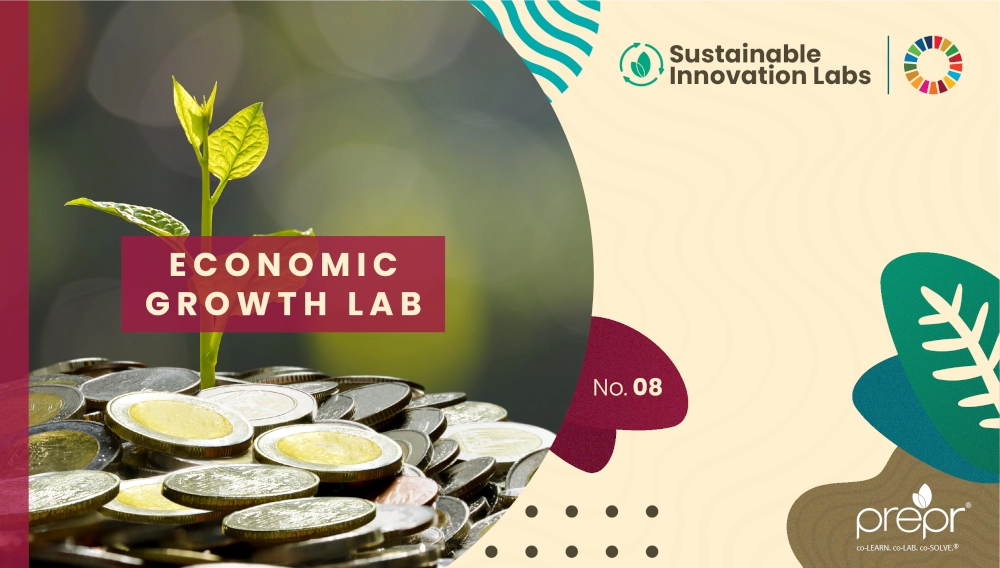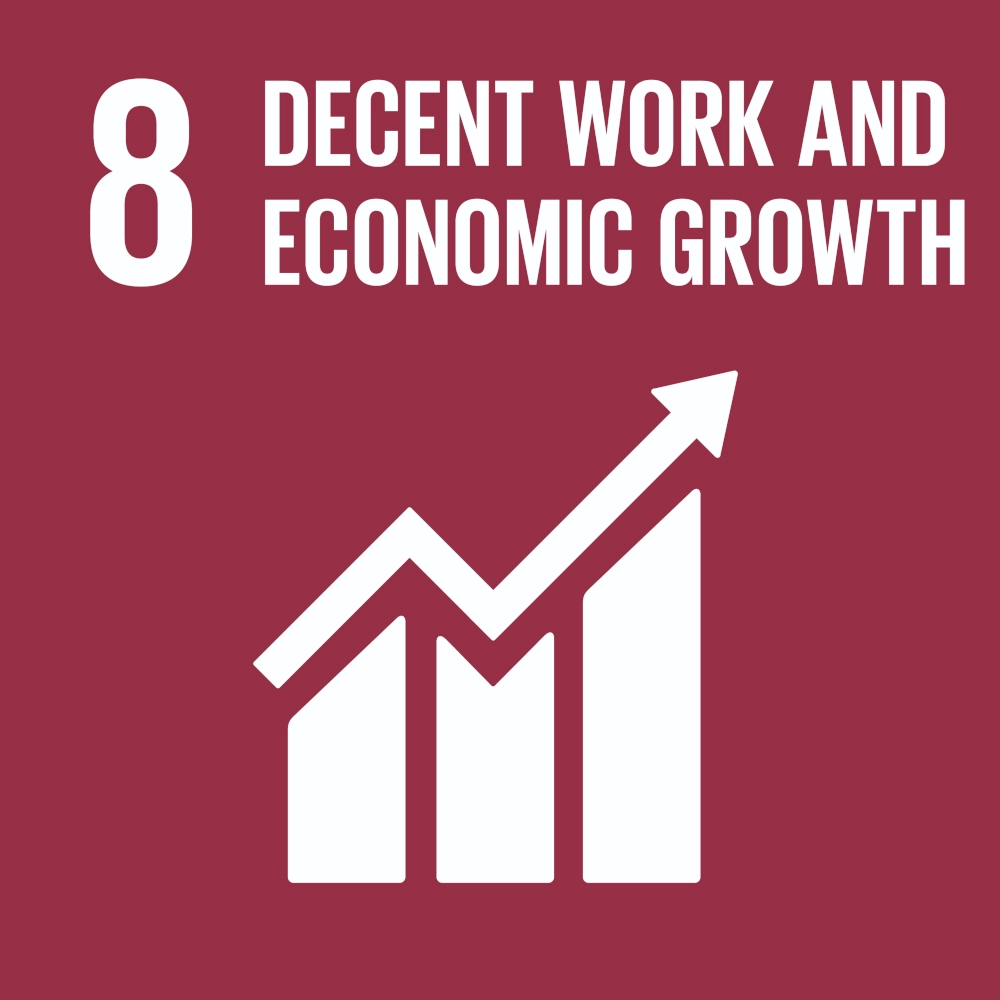Decent Work and Economic Growth Lab
Although the past 25 years have brought a significant decline in extreme poverty, today we see growing inequalities, slower economic growth, and a surplus of labour to job opportunities.
Increasing productivity, reducing unemployment, increasing access to financial services and benefits are key components for sustained and inclusive economic growth.
Learn how you can tackle these issues by joining the Decent Work and Economic Growth Lab, part of Prepr’s Sustainable Innovation Lab series.






